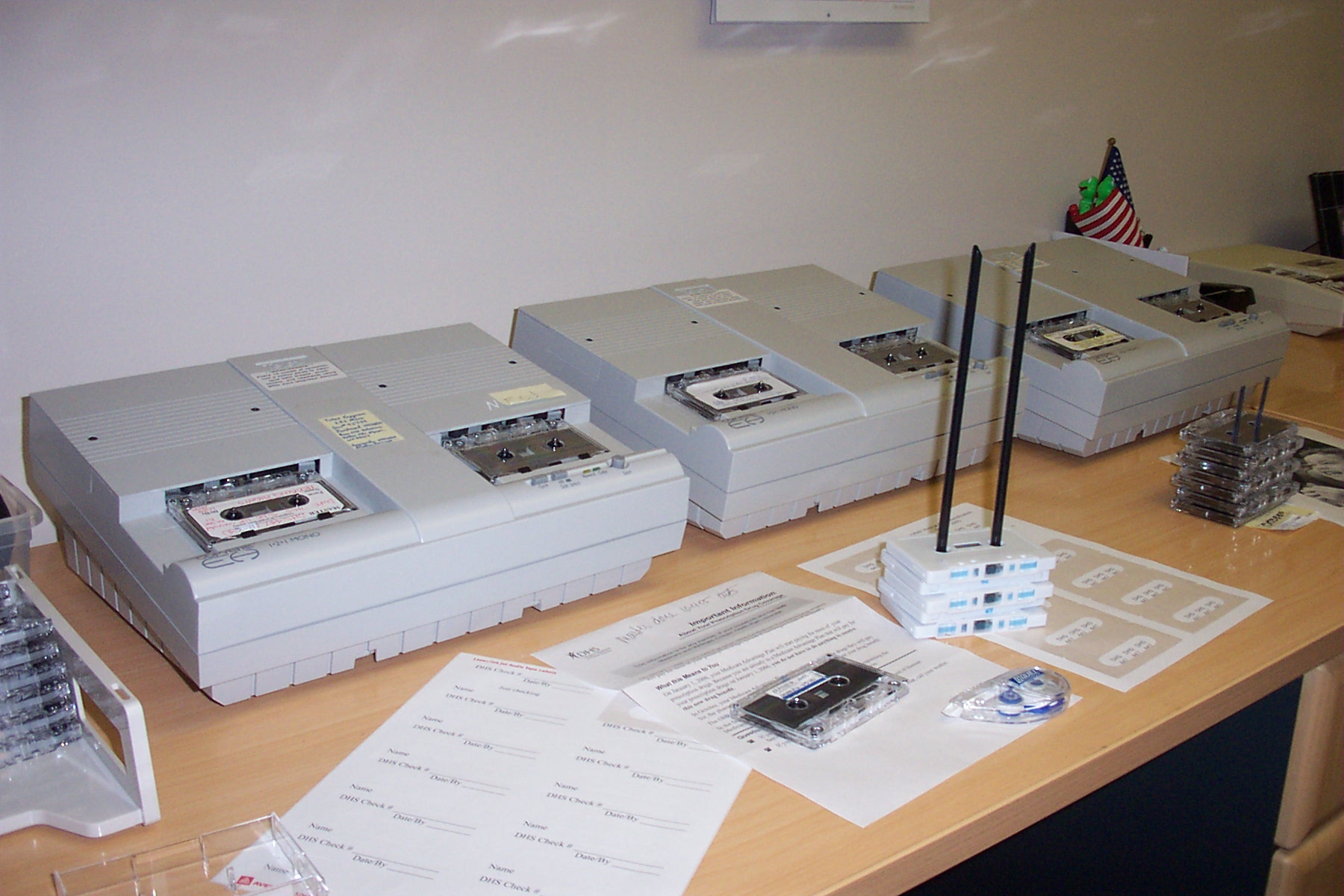For visually impaired and blind users of computers, this term can have various meanings.
For partially sighted individuals using screen magnificaton software, the characters on the screen can be made larger without regard to the file type — PDF, ASCII, etc.
For very low vision and totally blind individuals using speech synthesis or a refreshable braille display, the type of electronic format becomes critical as does modified content. Most files that are in essence a graphic file (PDF, PageMaker or Quark) are virtually inaccessible with speech synthesis or a braille display. Conversely, a file that is in essence an ASCII-based file (word processor, RTF, or braille-ready file) will work well for the braille display. All such files except the Braille-ready file are very likely to work in the speech synthesis environment.
Modified text is a critical issue for those using speech synthesis or a braille display. Graphics, pictures and similar visual representations, if they are important to the text, should be explained in a transcriber’s note. A similar note should be written into the file for complex formats such as tables, charts and graphs.








Speak Your Mind